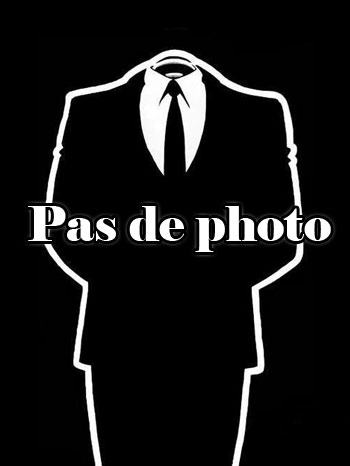Pacific Films

- Infos
- Meilleurs films
Si vous aimez cette entreprise, faites-le savoir !
The Pacific Film Unit was established in Wellington, New Zealand in 1948 by ex-National Film Unit staff Alun Falconer and Roger Mirams. At this time most films produced in New Zealand were documentaries made by the government’s National Film Unit. In 1950 John O'Shea joined; Falconer left to pursue a career in China; and the company changed its name to Pacific Film Productions Ltd.
The first feature film was Broken Barrier (1952), which O'Shea produced and directed with Roger Mirams. In 1956 Mirams moved to Australia, and started a branch of the company in Sydney, though he later formed his own company Roger Mirams Productions.
The company had an office in Courtenay Place, Wellington in 1960, and was the New Zealand representative for British Movietone News and Fox Australian Movietone News. In 1969 the company had a staff of 15, the facility was in Kilbirnie and the office in Lower Hutt, and the company also represented Hearst Metrotone News and BBC Television. Associated companies were Pacific Television Ltd. and Pacific Films Ltd.
John O'Shea was active from 1940 to 1970, and he produced numerous short films as well as the three New Zealand feature films made in that period: Broken Barrier (1952) with Roger Mirams, Runaway (1964), and Don't Let It Get You (1966).
Pacific Films produced scores of road safety dramas, rugby tests, documentaries and commercials (O’Shea).
Filmographie de Pacific Films (3 films)
Production

Frontière(s) (2007)
, 1h48Réalisé par Xavier Gens
Origine France
Genres Drame, Thriller, Action, Horreur
Thèmes Sexualité, Tueur en série, LGBT, Lesbianisme
Acteurs Aurélien Wiik, Karina Testa, Samuel Le Bihan, Patrick Ligardes, Estelle Lefébure, David Saracino
La France vient de voir l'arrivée de l'extrême droite au second tour de l’élection présidentielle, des émeutes éclatent, notamment dans la banlieue parisienne. Une bande de jeunes, venant de récupérer une grosse somme d'argent après un cambriolage qui a mal tourné, décident de partir se réfugier à Amsterdam. Pour ce faire, ils font d'abord une étape près de la frontière luxembourgeoise dans une pension perdue en pleine forêt, se révélant être tenue par une famille qui cherche à les massacrer. Alors qu'ils croyaient avoir échappé au pire, les quatre adolescents vont devoir dépasser la douleur absolue et dépasser la "frontière" de l'horreur la plus extrême.
 , 1h1
, 1h1Genres Musical
Thèmes La mer, Transport, Musique
Acteurs Olivia Newton-John, Ian Turpie, Susanne Haworth
The film centres around a barn that is used by a group of children as a meeting place for singing practice. When the owner of the property comes into financial difficulty and considers selling the barn, one of the children comes up with an idea to raise money. The children dye sheep on his property and market the coloured wool as a naturally occurring phenomenon.
Distribution

Un fils en danger (1992)
, 1h49Origine Etats-Unis
Genres Drame, Thriller, Policier
Acteurs Jeff Goldblum, Rory Cochrane, Rosanna Arquette, Famke Janssen, Natasha Gregson Wagner, Paul Hipp
Un homme rencontre quelques difficultés à dialoguer avec son fils. Pour remédier à ce problème, il consulte un étrange voyant...
 Connexion
Connexion